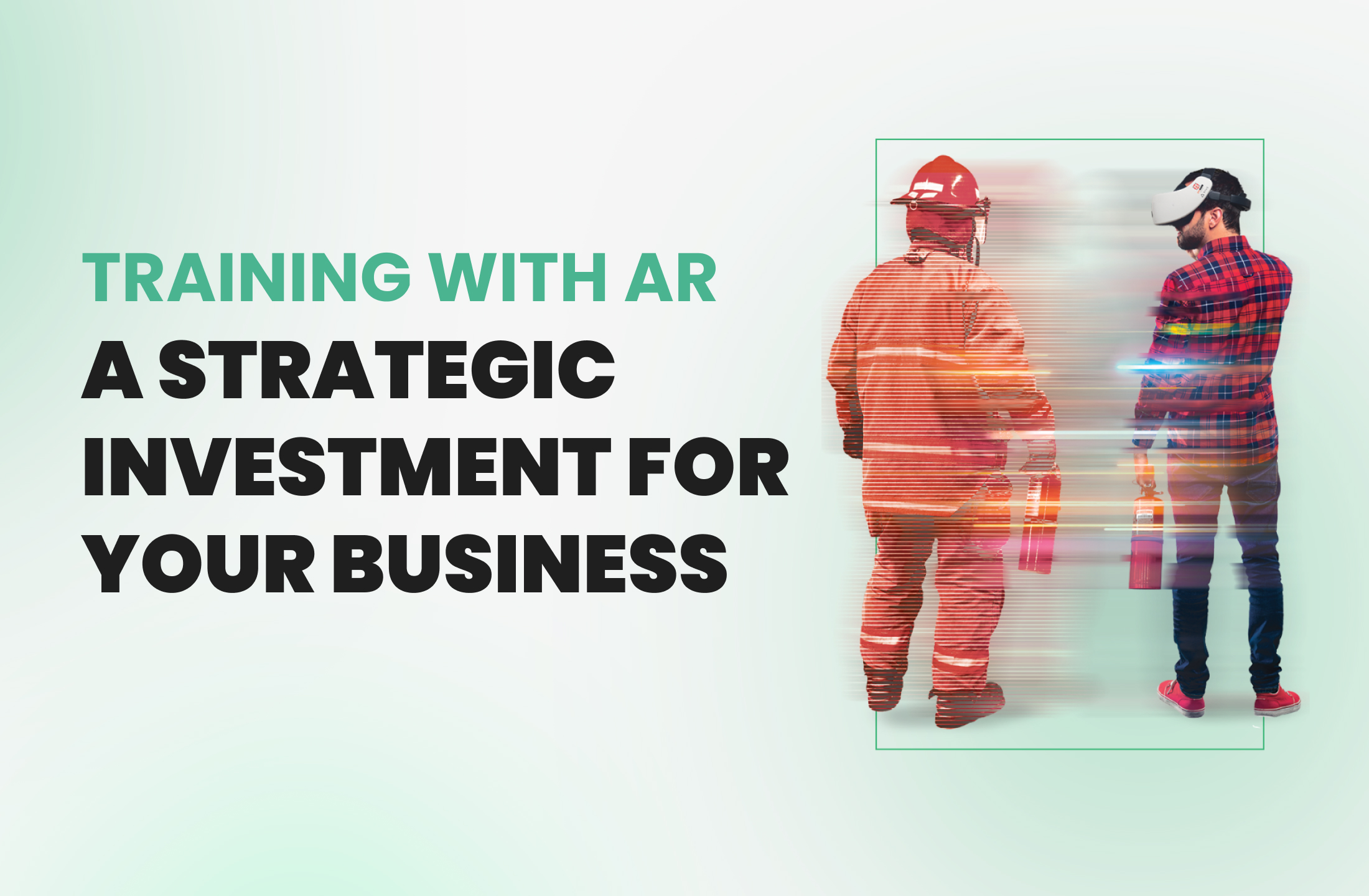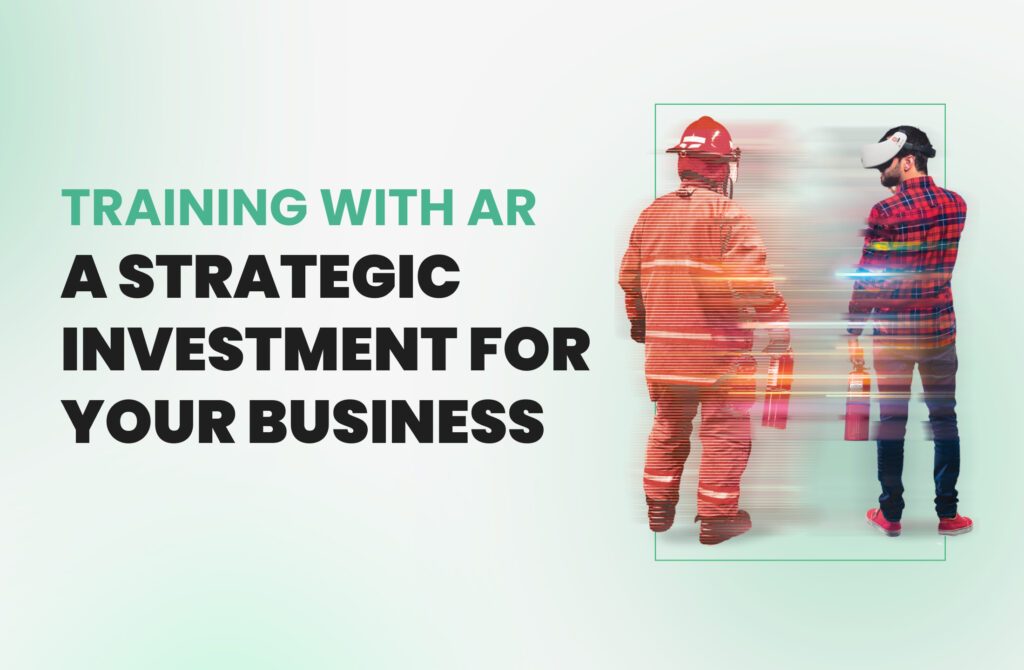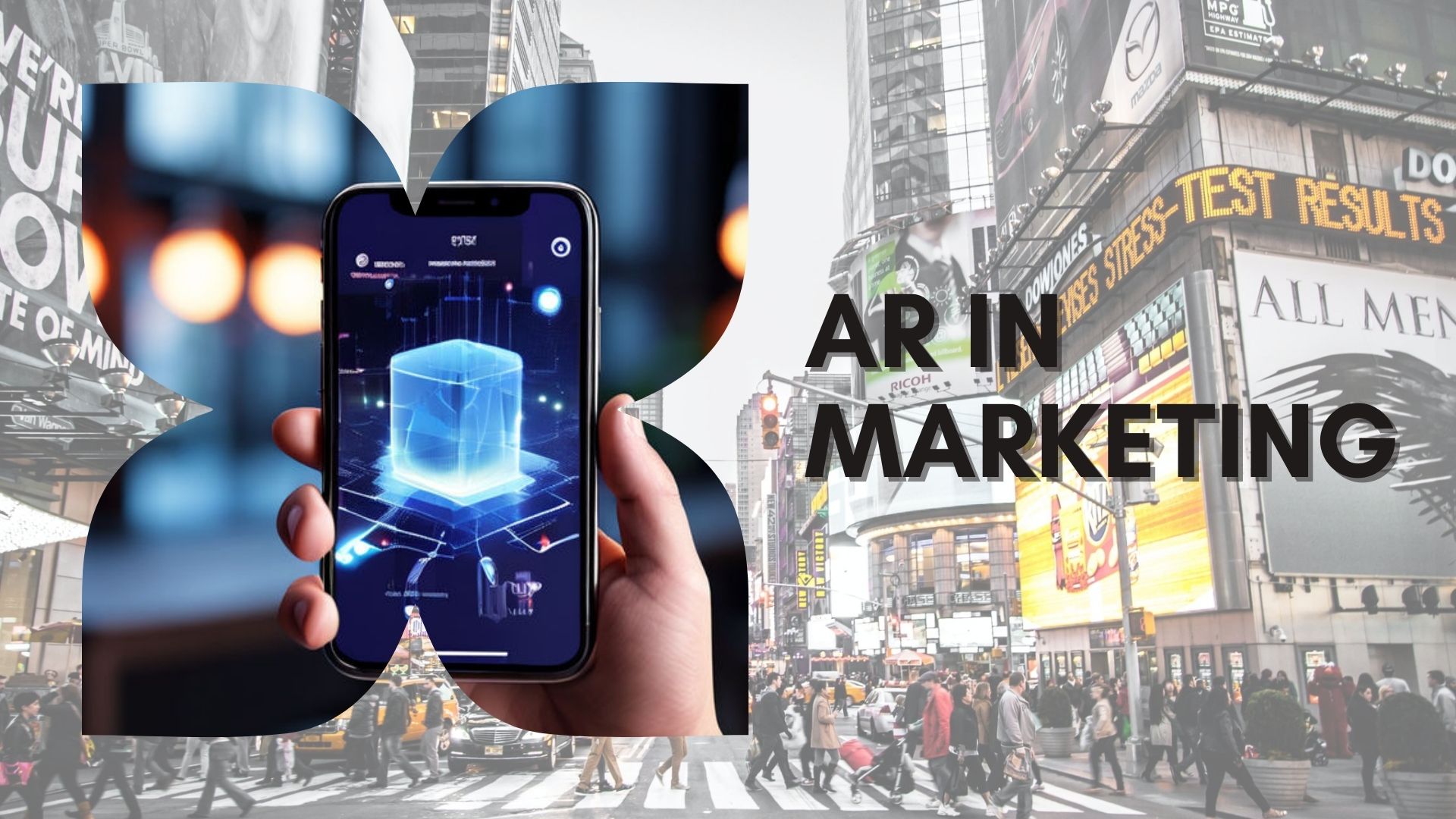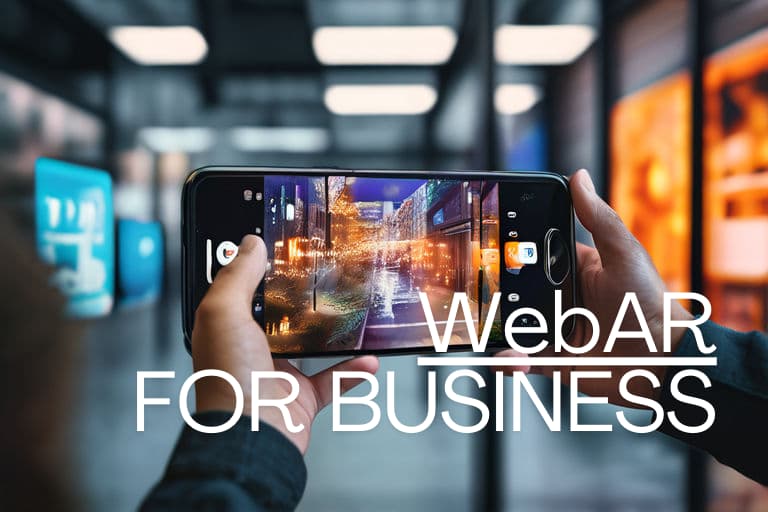
Time, money, safety, confidence, organization, simplicity.
No, this isn’t a Ted Talk on how to achieve all of these things by doing a cold plunge daily. These are all value points that augmented reality provides companies looking to reshape and revolutionize on-the-job training within their organization. Despite our affinity for the Dunder Mifflin Paper Company, we have to sadly bid farewell to the printing of cumbersome physical manuals and training books. AR is ushering in a new era where users can access real-time information and overlay digital content into their workspace, making the learning experience more dynamic and interactive than ever before.
AR in Learning: A Paradigm Shift
Traditionally, training often involved flipping through thick manuals or attending lengthy lectures with a poorly catered lunch. AR is changing this narrative by providing even the most novice of users with real-time information for highly complex processes. Employees on a factory floor no longer need to stop what they are doing to consult bulky manuals with an impossible-to-navigate index. Instead, they are equipped with AR headsets and essential information about machinery and assembly processes are seamlessly overlaid on their field of view.
This shift from static printed materials, dated training videos, and underwhelming online courses to dynamic, real-time information is a game-changer. It not only accelerates the learning process but also ensures that users have access to the most up-to-date and relevant information. In industries where precision and accuracy are paramount, such as healthcare and manufacturing, the ability to obtain real-time guidance is transformative.

Time-Saving Marvel
Time is money and augmented reality is a time-saving marvel. Statistics indicate a 40% reduction in training time in manufacturing sectors. You can throw all of the extensive manuals and training sessions you want at an employee, but it’s no secret that workers learn by doing. AR provides real-time directions alongside any object within any environment — enhancing the efficiency of skill acquisition and ensuring that time is indeed a valuable commodity. Additionally, AR learners demonstrated an 80% recall rate a year after training, whereas traditional learners demonstrated only a 20% recall rate after just one week. Knowing that your employees can perform tasks the right way is priceless when it comes to saving costs on training! The immersive learning experience offered by AR not only accelerates the training process but also aligns with a global trend, where 80% of businesses plan to adopt AR for training by 2023. Is your company ready for this massive shift?
Cost-Cutting
The elimination of having to hire then fire and rehire employees, deploying expensive training materials, extra travel, and work through complicated logistics positions AR as an asset to cut unnecessary costs. No matter the industry, AR creates a safe, interactive, virtual learning environment anywhere. This minimizes immediate overhead costs while providing a sustainable and economical approach to workforce development. Companies adopting AR within their industry are reporting a 30% drop in training costs with another 83% of companies recognizing AR’s value in its ability to provide savings.
Confidence Booster
Confidence is the cornerstone of professional growth. Even with the most basic AR-assisted training environments, companies saw a 20% increase in user confidence — some may call it a technological placebo! The confidence instilled by AR is a strategic outcome, contributing to a skilled and self-assured workforce. Surgeons, for example, gain unparalleled confidence as they visualize and practice surgeries in a virtual space. Why stop at surgeons? AR provides the ability for the rest of us to confidently perform tasks that we would typically hire a professional for. We immediately become subject matter experts; home repairs, car troubles, and even putting together Ikea furniture can be completed without hesitation.
Safety Advocate
As safety is and should be a paramount concern for industries across the board, AR’s seamless integration of safety measures into the training process aligns with the growing trend of prioritizing employee well-being. Companies recognize this, with 78% acknowledging that AR significantly improves safety outcomes, while those who have implemented AR have reported a 25% decrease in reported workplace accidents. In unpredictable environments, employees equipped with AR devices can access real-time guidance on maintenance procedures, minimizing the risk of errors and accidents that can potentially lead to serious injury. In terms of training, AR can replicate a series of difficult situations to help employees understand and predict problems before they arise.
Simplicity in Complexity
AR simplifies the complex. 90% of AR users reported a better understanding of difficult tasks through AR-assisted training. Whether it’s complicated assembly processes, surgical procedures, or maintenance tasks, AR visualization through step-by-step instructions transforms complexity into simplicity. Users navigate through tasks with ease, guided by AR’s deep understanding of the process (with the help of AI) and an intuitive interface that comes naturally to the user. The user-friendly nature of AR not only enhances comprehension but also aligns with the increasing preference for simplicity in learning environments.
Conclusion
When it comes to training, Augmented Reality is not just a technological marvel; it’s a strategic investment in efficiency, cost-effectiveness, confidence, safety, and simplicity. More importantly, AR contributes to a workforce that is not just skilled but also adept at navigating the challenges of their respective industries.
As industries continue to embrace AR training, the ripple effect extends beyond individual skills to collective efficiency and innovation. It’s a paradigm shift, a leap into a future where training is not just about acquiring knowledge but about unlocking the full potential of individuals and organizations. Augmented Reality is not just changing the game; it’s redefining the rules of training.








